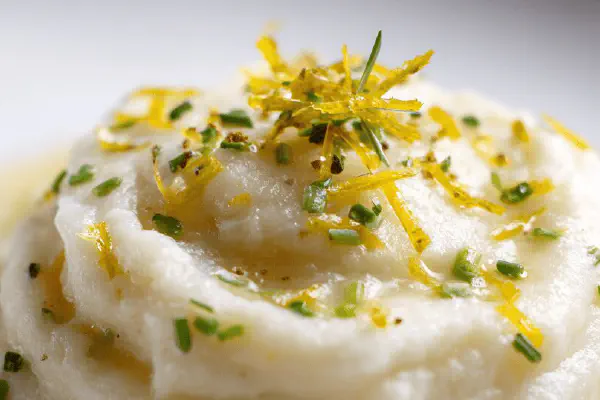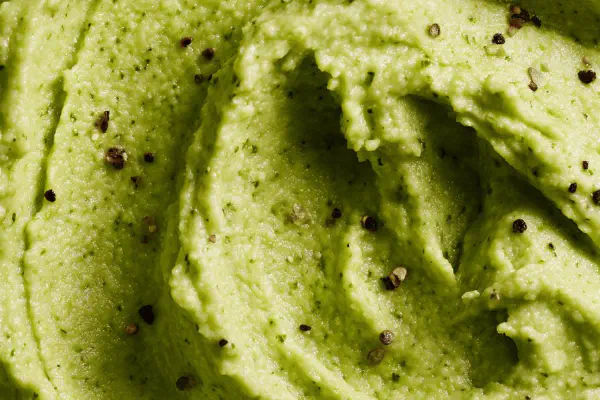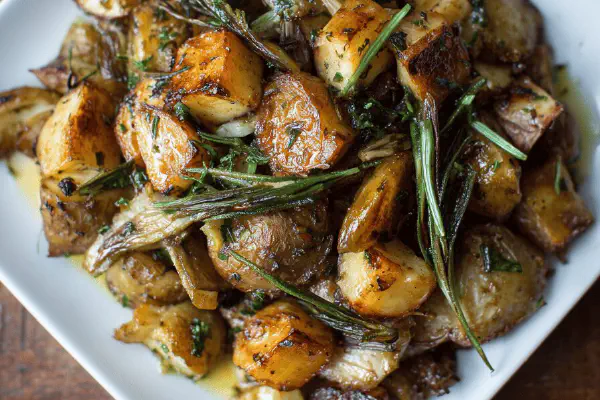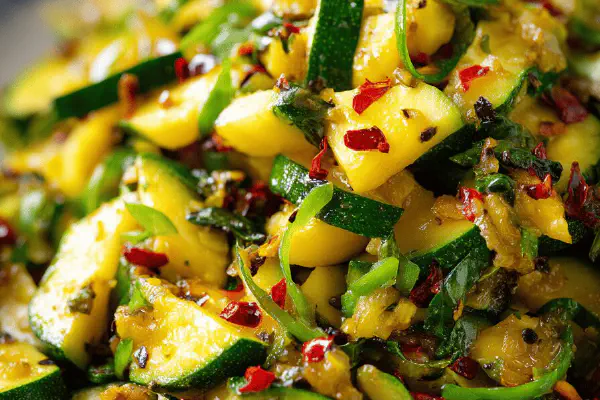Celery Root Purée Twist

E
By Emma
Certified Culinary Professional
•
Recipe tested & approved
Puree combining celery root with parsnip and carrot cubes, simmered until tender, then whipped with crème fraîche and olive oil. Vegetable swap cuts starch, lightens texture. Cook by sight and feel not just time. Salted water to coax sweetness. Blending slow, scraping edges key to avoid grainy lumps. Earthy, faintly sweet aroma when soft. Silky, rich mouthfeel. Perfect side or base. Simple, rustic, with unexpected citrus zest kick. Infinite tweaks possible.
Prep:
15 min
Cook:
30 min
Total:
45 min
Servings:
4 servings
#French-inspired
#side dish
#vegetable purée
#rustic
#crème fraîche
Forget rigid cooking times; judge by touch and sight. Celery root alone can overwhelm with heaviness. I swapped part for parsnip and carrot to add sweet layers and lighten the mouthfeel. The subtle earthiness of celery root counterbal- anced by carrot’s sweetness and parsnip’s nutty nuance. Cooking in salted water coaxed natural flavors forward but simmer gently — violent boil shatters texture, turns puree mealy. Drain, then steam a bit on the pot off-heat to shed extra water. Blending is art, patience is key — scraping the bowl multiple times avoids clumps. The final touch — lemon zest — injected unexpected brightness, lifted the whole dish. Often overlooked details like oil quality— I prefer a peppery olive oil versus regular butter here— change dimension and mouthfeel profoundly. Knowledge gained from past failures with gluey or bland purees. Serve alongside roasted meats or simply with bread or grilled veggies. Can tweak by swapping lemon zest with smoked paprika or fresh herbs if desired.
Ingredients
- 500 g cubes peeled celery root (1 medium-large celery root)
- 100 g cubes peeled parsnip (about half a parsnip)
- 100 g cubes peeled carrot (1 medium carrot)
- 120 ml crème fraîche
- 30 ml good-quality olive oil
- 1 teaspoon sea salt plus more to taste
- grated zest of 1 lemon
About the ingredients
Quantities shifted slightly for better balance between starch and sweetness. Parsnip and carrot replace a chunk of potato to minimize gluey texture common with too much starch. Cream replaced by crème fraîche for tang and richness without heaviness of butter. Olive oil adds smoother coating and slight fruitiness versus traditional butter; great alternative for those avoiding dairy fats. Salt is critical — enhances sweetness and rounds flavors. Lemon zest addition optional but highly recommended — gives lift and vibrancy lacking in pure veggie purées. Substitution suggestions: swap crème fraîche for Greek yogurt at same volume if tighter tang preferred. Parsnip and carrot can vary by size but adjust boiling time accordingly — denser veggies take longer. If celery root is unavailable, turnip could be a substitute but expect sharper flavor. Always peel thoroughly to avoid bitterness. For more decadent, add a tablespoon mascarpone or crème fraîche after blending.
Method
- Fill a deep pot with salted water — enough to cover vegetables by at least 2 cm.
- Bring to a boil. Toss in celery root, parsnip, carrot cubes. Simmer gently rather than boiling hard — bubbling not turbulence. Cook 25-30 minutes until tender but intact. Check often by piercing with small knife: should slide in with a little resistance fading.
- Drain quickly. Steam off excess moisture by putting vegetables back in pot off heat, lid ajar for 3 minutes.
- Transfer warm veggies to a food processor or blender in 2-3 batches for easier pulsing.
- Add crème fraîche and olive oil. Pulse slowly increasing speed. Scrape sides 2-3 times during blending to ensure even pureeing.
- Texture should be creamy, slightly rustic, not gluey. Season with salt, adjust to taste.
- Fold in grated lemon zest for a brightness contrast; stir gently.
- Serve warm or at room temperature.
- If too thick, loosen with splash of warm water or broth.
- Leftovers reheat gently in double boiler or low microwave to avoid drying.
Cooking tips
Steps reorganized around sensory cues not strict time. Boil salted water first; salt acts like flavor amplifier and slows cooking just slightly to develop depth. Toss in all vegetables only after water bubbles not boil hard, to avoid falling apart. Cooking time depends on cube size and freshness; watch and test often — softer veggies will release starch and thicken cooking water if overdone which burdens final texture. Draining well then resting off heat and covered helps evaporate excess moisture so the purée isn’t watery. Blend in batches to avoid engine strain and uneven purée. Blend on low first to break down chunks; then go faster but carefully, stop and scrape often to catch lumps. Add fat slowly; emulsifies and smooths mouthfeel. Season last — salt enhances, lemon zest refreshes. Don’t overdo lemon zest — a little goes a long way. Warming leftovers low and slow preserves silkiness; serious overheating ruins texture turning puree gummy. Serve with confidence; this base open to adaptations. Remember, tactile and visual cues always trump clocks in vegetable cooking.
Chef's notes
- 💡 Salt the cooking water good; it draws out sweetness, controls texture. Not too salty — just help pull flavor. Cube veggies uniform size. Too small means overcook, mushy. Watch doneness not clock — pierce gently, should offer slight resistance fading away over time.
- 💡 Steam veggies briefly off heat after draining. Stops overhydration, prevents watery purée. I learned this after watery messes. Also, steaming concentrates aroma — that faint earthy nutty smell will tell when ready. Don’t skip.
- 💡 Blend slow then faster. Start low to break chunks. Stop, scrape sides often. Keeps texture rustic, avoids gluey mash mistakes I made early on. Add crème fraîche, olive oil last, slow incorporation thickens creamy feel but keeps lightness.
- 💡 Swap crème fraîche for Greek yogurt for tang but less richness. Parsnip or carrot size changes boiling time — adjust accordingly. Never skip peeling Celery root thoroughly — bitterness lurks in skin and fibrous parts, ruins background flavors if missed.
- 💡 Lemon zest is not garnish here — integral flavor layer. But don’t overdo. Little zest goes long way. Smoked paprika or fresh herbs can change dish profile, try if bored. Any leftover must reheat gently in low microwave or double boiler — high heat ruins silk, makes gummy.
Common questions
Why steam veggies after boiling?
Stops water absorption. Locks texture. Without it, purée watery, flavor dull. Also makes pulse blending easier, less lumps.
Can I replace crème fraîche?
Sure. Greek yogurt same volume works OK for tang. Mascarpone adds richness after blending, if you want decadent mouthfeel. Butter? More heaviness, not always wanted here.
What causes gluey purée?
Over blending main cause. Also, too much starch from celery root or potato swaps. Cut cubes larger to reduce starch leaking. Blend slow, scrape often, stop at slight rusticness still.
How to store leftovers?
Fridge 3-4 days covered. Freeze possible but texture shifts, some water released after thaw. Reheat low and slow only. Avoid microwave blasts or pureé can become gummy.



